- Thread starter
- #81
I figured that the best place to split the window section was just next to the body line that runs up parallel with the door opening. For the inside, I chose to seperate just off the corner of the pillar fold so I can get full access behind the weld join of the 75mm extension.

I braced the forward section before cutting free in order to keep the opening square and parallel.
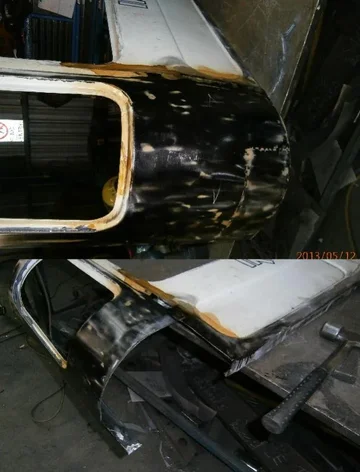
When it was apart, I liberally sprayed the inside folded surfaces with rustroy. As I was there, I sprayed the outside also, which is why it looks a bit purple. I measured 150mm off the flange face as my repair corners are 150mm wide, its bout an inch below the tapered radius on the factory join.

Then I threw it on the cab, centralised it, took over 100 measurements and then tacked her in place with the mig. I grabbed the forward part of the window section and tacked it in. I think not too bad an effort for sunday! The next part will be bolting the windscreen panel, roof and maybe the doors to ensure the extension is going to work. I probably wont have time during the week, but will get more done next weekend, so stay tuned!




I braced the forward section before cutting free in order to keep the opening square and parallel.

When it was apart, I liberally sprayed the inside folded surfaces with rustroy. As I was there, I sprayed the outside also, which is why it looks a bit purple. I measured 150mm off the flange face as my repair corners are 150mm wide, its bout an inch below the tapered radius on the factory join.

Then I threw it on the cab, centralised it, took over 100 measurements and then tacked her in place with the mig. I grabbed the forward part of the window section and tacked it in. I think not too bad an effort for sunday! The next part will be bolting the windscreen panel, roof and maybe the doors to ensure the extension is going to work. I probably wont have time during the week, but will get more done next weekend, so stay tuned!


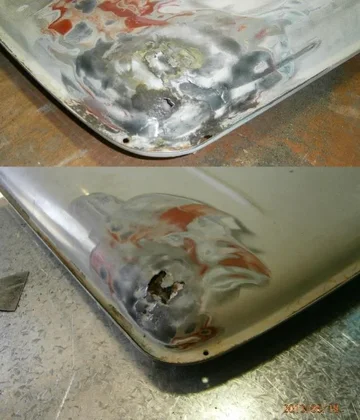

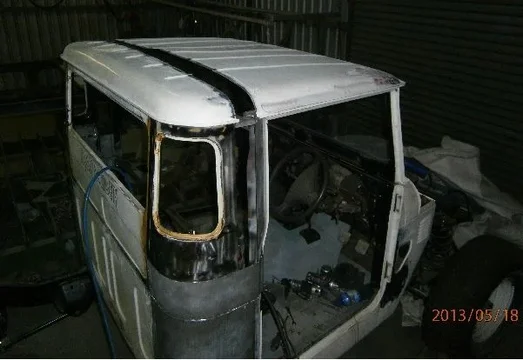
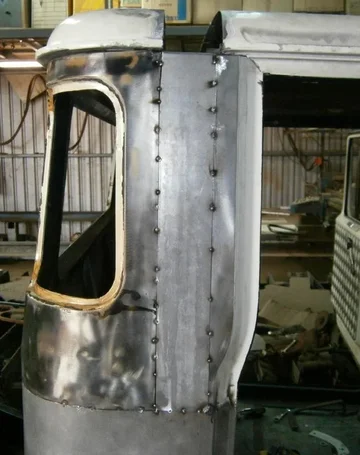
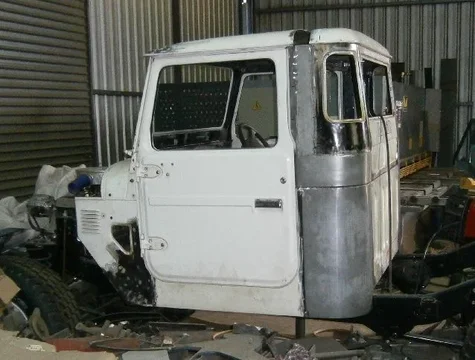






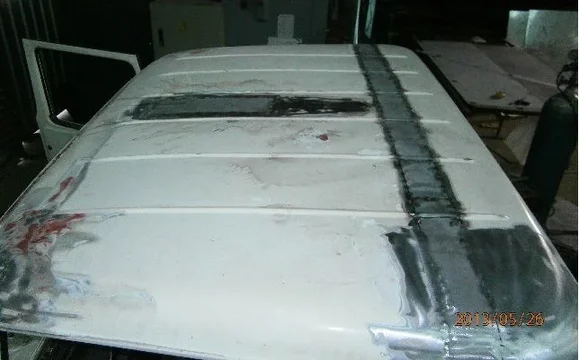
 .
.




